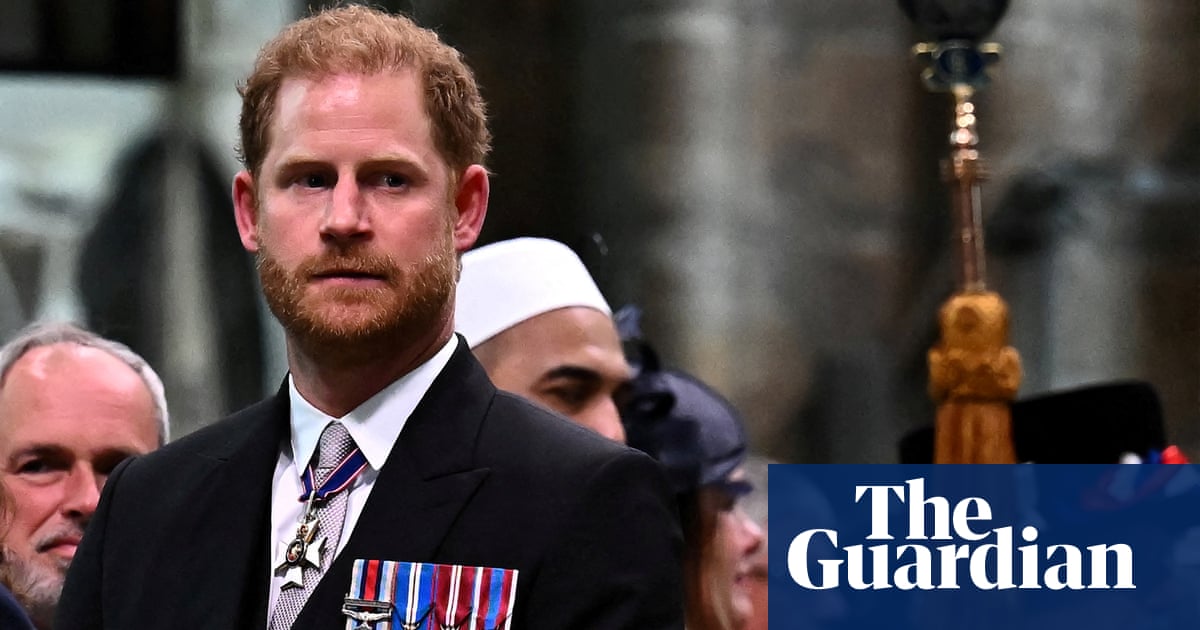Prince Harry and the Duchess of Sussex made the decision to step away from royal duties in September 2020 as tensions mounted between the Sussexes and the rest of the royal family over their independence and treatment of the duchess.
Now afterlosing a legal challengeover his security arrangements, Harry hasopened the door to reconciliationand said that he had forgiven his family for the “many disagreements”.
Buckingham Palace announced that the Sussexes would not be returning as working members of the royal family and that they hadgiven up their royal patronages.
An immediate response said at the time that Harry and Meghan were “committed to their duty and service to the UK”. But it also read: “We can all live a life of service. Service is universal.”
In a series ofstunning revelationsduring a two-hour, hotly anticipated interview with Oprah Winfrey aired in the US and then the UK, Meghan claimed that members of the royal family had openly expressed concerns about how dark the skin of her first child, Archie, would be, that they had gone to extraordinary lengths to deny him a royal title, and that they had refused to provide him with security.
The Duchess of Sussex accused the royal family of fostering an atmosphere of racial hostility so intense that she came close to suicide while pregnant with Archie.
Harry said the “toxic environment” of royal life and racism was part of the reason they had left the country and moved to Canada and then Los Angeles, citing a cut-off in security due to their status change.
He also revealed he and his brother, William, were giving each other “space”.
The couple said they had put in place privately funded security after president, Donald Trump, then in his first term, said the US would not pay for their protection. Harry said they were paying for private security through deals they secured with Netflix and Spotify.
The Duke of Sussex sought legal action against the governmentto allow him to pay for Metropolitan police securityfor him and his family when they visit the UK after photographers had chased him when he returned to the UK the previous summer for the unveiling of a statue of his late mother, Diana, Princess of Wales.
His lawyers later said that the Duke “did not feel safe” in the UK.
Any hint of a rapprochement between Prince Harry and his brother, William was not apparent during the funeral for their grandmother, Queen Elizabeth II.
There wasno eye contactor acknowledgment between the princes as they walked behind the queen’s coffin, and they and their spouses were kept apart.
In adocumentary aired by Netflix, Prince Harry said the royal family did not understand that Meghan required protection after racist headlines and stalking from paparazzi persisted when news of the couple’s relationship broke in 2016.
He also spoke about what he called the Windsors’ “unconscious bias” in the documentary. “In this family, sometimes you are part of the problem rather than part of the solution. There is a huge level of unconscious bias,” he said.
Harry revealed in his book that he and his brother William had a physical confrontation at his London home in 2019. The Duke of Sussex said William called Meghan “difficult”, “rude” and “abrasive”, which Harry called a “parrot[ing of] the press narrative” about his American wife.
The confrontation escalated, Harry wrote, until William “grabbed me by the collar, ripping my necklace, and … knocked me to the floor”.
Harry putpart of the blamefor him wearing a Nazi uniform to acolonials and natives fancy dress party– which caused international outrage in 2005 when he was 20 – on William’s and Kate’s shoulders.
The Duke of Sussex had a brief reunion with the king after visiting his father after Buckingham Palace’s announcement ofthe monarch’s cancer diagnosis. Harry had last appeared alongside the Windsors during the king’s coronation in May 2023.
He remained estranged from his brother William. Helater hintedin a US interview that he was open to family reconciliation: “I think any illness, any sickness brings families together.”
The Prince and Princess of Wales delivered a small peace offering in their rift with the Duke of Sussex bywishing Prince Harry happy birthdayfor the first time in three years.
In a post on X, the royal family shareda photograph of a smiling Harryto mark his 40th birthday, complete with a cake emoji. The message said: “Wishing The Duke of Sussex a very happy 40th birthday today!”
It was the first time the royal family had shared a public birthday greeting to Harry since the Sussexes accused unnamed royals of animosity and racism in the interview with Oprah Winfrey.
